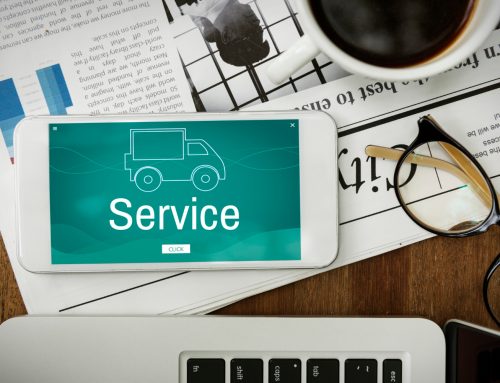 Even the best-run business is guilty of starving the media of good usable content for use by the press. When you have a small team with enormous time constraints, the problem is even worse. Just how do you let the world know how good you are?
Even the best-run business is guilty of starving the media of good usable content for use by the press. When you have a small team with enormous time constraints, the problem is even worse. Just how do you let the world know how good you are?
PR is an absolute boon for small businesses; it is much more effective than pure advertising and the big bonus is – it’s free! Free in terms of cost, but not in effort.
Developing a PR strategy takes time, effort, clarity of purpose, and an amount of doggedness on the part of the company, but for the majority of companies, time is a really precious commodity that is ‘best devoted to churning out the finished product, project or service.’
Most companies have newsworthy events, things that they could really bang the drum about – if only they had the time and the resources. Lately there has been a solution to this appearing on really well thought-out websites; the virtual Press Office.
What is a Virtual Press Office? The Virtual Press Office is a dedicated page or pages on your website, where you can place information about your organization or industry for use by journalists who may want to create stories, articles or features for their publications. These are also referred to as online media or press centers. In these dedicated areas you will find a host of useful background information about the company, including archived releases, fact sheets, case studies, contact details for the company spokesman, hi-resolution image downloads – in fact, anything that will make life easier for the journalist researching either your company or your industry in general.
While your website might already carry the information in its various pages, why not make life easier for the journalists or researchers by holding specific, relevant information on dedicated media pages?
How useful this actually might be was brought home to us when one of our clients, Drilcorp, a Specialist Drilling Contractor in the UK, suddenly found news articles appearing in one of their industry international journals.
It was obvious from the content that these articles had been lifted directly from their news pages and as their web development and marketing team we realized the potential of having a dedicated area where the media could access and download relevant releases and high quality imagery relating to the news story of the day.
Plus, having a company spokesman’s details on the site also has the potential for additional expansion on the stories. In addition, lifting pictures from a website and then using them in print media produces really poor quality final images, so the benefit of having high-resolution images to accompany the articles is a much higher quality printed article; better for both the journalist and the source company.
To ensure that the news stories hit the right desks, we are also setting up an RSS feed for journos to subscribe to so that when we upload the news, it is pinged right to their RSS feeds.
If you are unfamiliar with RSS feeds, here is a brief overview of how they work: RSS stands for ‘Really Simple Syndication.’ It is a system that automatically ‘pulls’ web pages from a website and displays them on the RSS subscriber’s PC (or Mac!) desktop. It is like subscribing to receive information directly from a website – except, unlike a website which you have to visit, the information from the web page is delivered direct to you. And unlike emails, the recipient decides if they want to receive this information.
How to Develop an Effective Virtual Press Office
The key here is the acronym KISS. (Keep It Simple Stupid) – Put your most relevant and important content in this area, but don’t overload it with everything you have.
– Update it frequently and encourage further contact from the press.
– Always have a spokesman ready with a prepared statement that reflects company policy.
– Make sure that the spokesman is well briefed on what not to say as well as what to comment on.
– Put case studies and photography in here – you would be surprised at how much the press really love unique content, and on this note ensure that the photography is at or at least near to professional standard.
– If you find that you are answering the same question time and time again, compile these questions and answers into a FAQ section or even create a mini ‘White Papers’ for use as reference documents by the press.
This will establish your reputation as the authority for the industry and your articles and opinions will be highly sought after.
– Request notification of any articles that may be published by the participating media; it is cheaper than using a ‘clipping service’ – a paid for service that searches for and collects media mentions about your organization and sends them to you.
As your website is often the first point of contact for your organization, it is worth investing the time to keep it as fresh as possible and as useful as possible. It will repay you many times over and really create a great relationship with the media.





